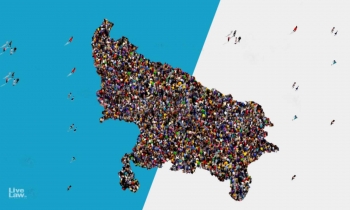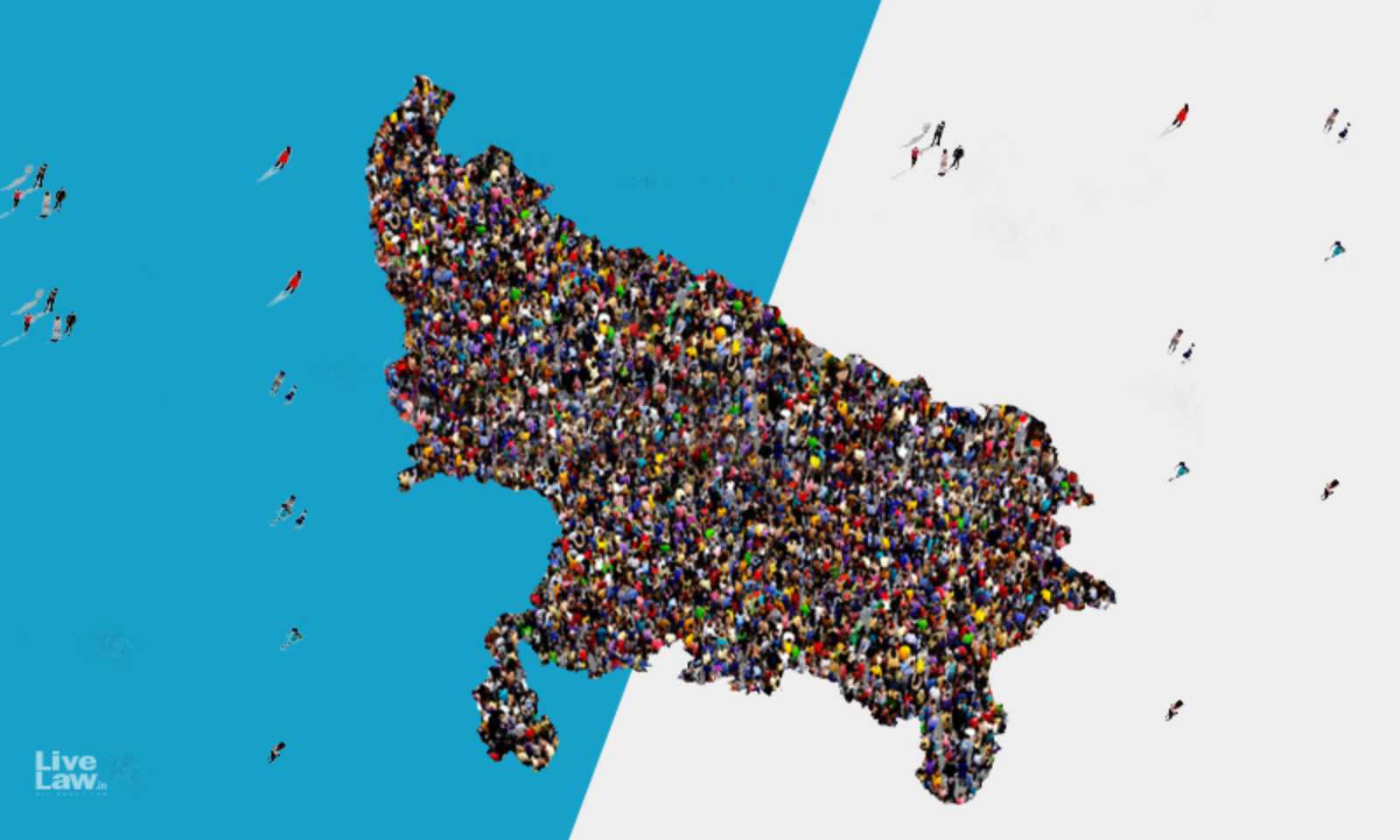
.jpg) DR. JOHN MOHAN RAZU
DR. JOHN MOHAN RAZU

The BJP is once again back with the agenda of curbing the growing population via state governments and Parliament. India stands next to China having more than one billion people. “Population Control” has been simmering in the past few years, but now it is gathering momentum as one of the BJP’s populist state governments justifying it saying that over-population impedes growth, prosperity and development. The context with which the push is being made should be taken into consideration as the elections are due in Uttar Pradesh in 2022, which is the largest state with the highest fertility rate.
Uttar Pradesh Chief Minister Yogi Adityanath is a close ally of Prime Minister Narendra Modi and Home Minister Amit Shah. This is not the first time we come across BJP pushing for the two-child norm. When Indira Gandhi was the Prime Minister and emergency was clamped in mid-1970s, Sanjay Gandhi vociferously argued for population control and resorted to forced measures.
Those who believe in population control invoke the Malthusian Theory of population which means that population grows at geometric proportions and food supply grows at arithmetic proportions. Thomas Edward Malthus was a famous 18th Century British economist known for outlining the population growth in his book published in 1798 titled An Essay on Principles of Population. He theorized that population would continue to expand until growth stopped or reversed by disease, calamity, famine, epidemic or other natural catastrophes.
Many dominant economists, policy-makers and political leaders view Malthusian theory as a realistic pointer to the prevalence of poverty and hunger; low GDP and per capita income. Thomas Malthus’ theory has now become a “reality”. Governments at the Centre for decades have been pointing out that India’s population is increasing at geometric proportions and food-supply is multiplying at arithmetic proportions.
In such a scenario, they suggest two-child norm, family planning, methods that involve contraception and host of others. The developed and rich countries point out that over-population is the main factor for the ills of the people in poor and developing societies.
There are other reasons such as inequitable distribution of resources, policy paralysis, corruption, squandering of resources and widening of inequality. But they are addressed, rather concealed, and given different twists and turns. The poor and developing societies portray that the gravity of poverty and hunger is due to over-population. Over-population is the most important factor that impedes development process thereby stunting progress, prosperity and growth.
A question that arises at this juncture is: how can more than a billion mouths be fed with limited and scarce resources? Let me offer a metaphor of a huge piece of land that can be shared among 500 people who can cultivate it and live well. If the same piece of land is distributed to 800 people, then their life becomes difficult. As people keep growing, the land gets shrunk – as many compete for the same piece of land.
This is what Malthus said long ago from the perspective of economics/economy. Those who invoke birth control and introduce a bill on population control have nothing to do with Malthusian theory of population, but they have some other motive. Apart from UP, Assam and others also want to legislate on population control. In line with it, the BJP MPs intend to introduce a Private Member’s Bill vis-à-vis Population Control which is likely to be tabled in the Upper House in the forthcoming session.
Why have the BJP leaders all of a sudden woken up to the issue of population control? What should be the real motive behind this move? What is the politics behind it? Politics of religious majoritarianism thrives on stoking a particular religious community that outnumbers other communities. In addition, the ideologues and leaders are concerned about the future of the present majoritarian religious community which would be at stake if another dominant religious community is growing at a faster pace.
Followers of Hindutva feel that if the trend is not checked it could outwit the current majority community. For them social demography is changing. In addition, percentage of the population of the Dalits and Tribals is also increasing. Notably, many Dalits have embraced Buddhism.
More importantly, the infant mortality rate is the highest among the poor and the vulnerable when compared to others. In addition, coronavirus has exposed the appalling conditions of India’s Public Health System. Politics of majoritarianism is now surfacing and has become the functional schema of far-right supporters.
Therefore, to curb the growth of a religious community and to contain the growth of Dalits and Tribals, the right-wing fundamentalists are going all out. Further, the most down-trodden communities in India – Dalits, Tribals and others -- are still in the lowest socio-economic and educational indices. Paradoxically, in the year 2020 the Centre had told the Supreme Court that it opposed population control laws as they are counter-productive.
Data available in recent times show that fertility rates of Hindus and Muslims have drastically come down. Likewise, population growth of these two communities shows a downward trend. Nonetheless, the Chief Minister of Assam, a BJP-ruled state, let the cat out of the bag saying that the demographic gap between the Hindus and the Muslims was narrowing. It is a known fact that coercion leads to demographic distortions; so many people wonder whether what is happening now is “narrative control” or “population control”?